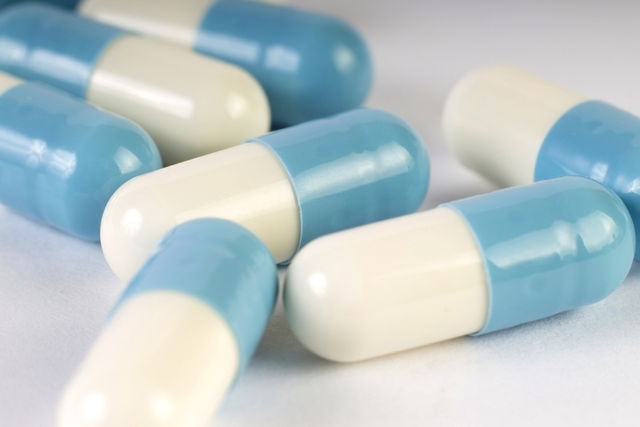Bacterial vaginosis treatment should be prescribed by a gynecologist, and typically involves the use of antibiotics such as Metronidazole in pill or vaginal cream form for around 7 to 12 days.
In addition to taking medication, it is important for women to take certain precautions to prevent vaginosis from reappearing. Women are advised to use condoms during sex, to wear cotton panties and to avoid vaginal douching.
Bacterial vaginosis is a vaginal infection that occurs when there is a reduced amount of bacteria that is responsible for maintaining the pH of the vagina. The reduced amount of this type of bacteria leads to excessive growth of other natural bacteria that are part of the vaginal microbiota, such as Gardnerella sp.. This leads to the appearance of symptoms of bacterial vaginosis. Learn more about the symptoms of bacterial vaginosis and what can cause it.

1. Bacterial vaginosis medication
The medicines that are usually prescribed for the treatment of bacterial vaginosis are:
- Metronidazole tablets or vaginal cream. The recommended dose of tablets is 2 g taken in a single dose, or 400 to 500 mg twice a day for 7 days. The vaginal cream is applied for around 10 to 20 days at night. Read more about metronidazole and the side effects associated with use.
- Clindamycin tablets or vaginal cream. The recommended dose of tablets varies between 600 and 1800 mg, divided into equal doses throughout the day, over a period of time determined by the doctor. The vaginal cream is applied once a night for around 3 to 7 days;
- Tinidazole tablets. The recommended dose is usually a single 2 g taken once a day for two days.
Bacterial vaginosis treatment should be carried out to the end, even if the symptoms have reduced or disappeared. Bacterial vaginosis that is left untreated may develop into pelvic inflammatory disease or increase the risk of acquiring other sexually transmitted infections, such as chlamydia, for example.
Treatment during pregnancy
During pregnancy, bacterial vaginosis treatment should involve antibiotics as prescribed by the OBGYN.
It's very important to take treatment as prescribed, as bacterial vaginosis in pregnancy can cause premature birth or a low birth weight in the body.
2. Home remedies
Some home remedies for bacterial vaginosis include:
- Bearberry tea, as it has antibacterial and antiseptic action which help to eliminate the microorganisms that cause vaginosis. To make this tea, simply boil 30 grams of the leaves in 500 ml of water for 15 minutes. Then strain and drink up to 3 cups of tea a day. This treatment should not be taken by pregnant women, as bearberry is contraindicated in pregnancy;
- Tea tree oil, as it has antibacterial properties. Tea tree oil should be mixed with another oil, like almond oil to prevent skin and mucous membrane irritating. It can be used by immersing a tampon in this mixture and inserting it into the vagina for about an hour, 3-4 times a day. It's important not to keep the tampon in for more than an hour, as it can cause irritation to the vagina;
- Probiotics, which are beneficial bacteria that prevent the growth of microorganisms responsible for vaginosis. It is therefore recommended to consume probiotic food like yogurt, kefir, kombucha or probiotic supplements.
It's also important to increase your intake of foods that help boost immunity, which can help to prevent another bout of vaginosis. Some foods that can be consumed are linseed, nuts and garlic, for example. Learn more about immune system boosters that you can incorporate into your diet.
Other considerations
To ensure the success of the treatment and prevent bacterial vaginosis from reoccurring, it is important to consider other measures, such as:
- Use condoms in all intercourse
- Avoid douching and bubble baths
- Avoid using scented soaps
- Wash the intimate area with soap and water or intimate soap with a neutral pH
- Avoid vaginal douching
- Wear cotton underwear
Signs of improvement are typically seen with treatment and generally include the disappearance of foul-smelling yellow or green discharge and a reduction in vaginal itching.
Signs of worsening of bacterial vaginosis usually appear when treatment is not carried out until the end or if it is completed incorrectly. They include an increase in foul-smelling and green or yellow vaginal discharge, an increase in vaginal itching and pain when urinating. If you notice these symptoms, you should consult your gynecologist again for reassessment.
